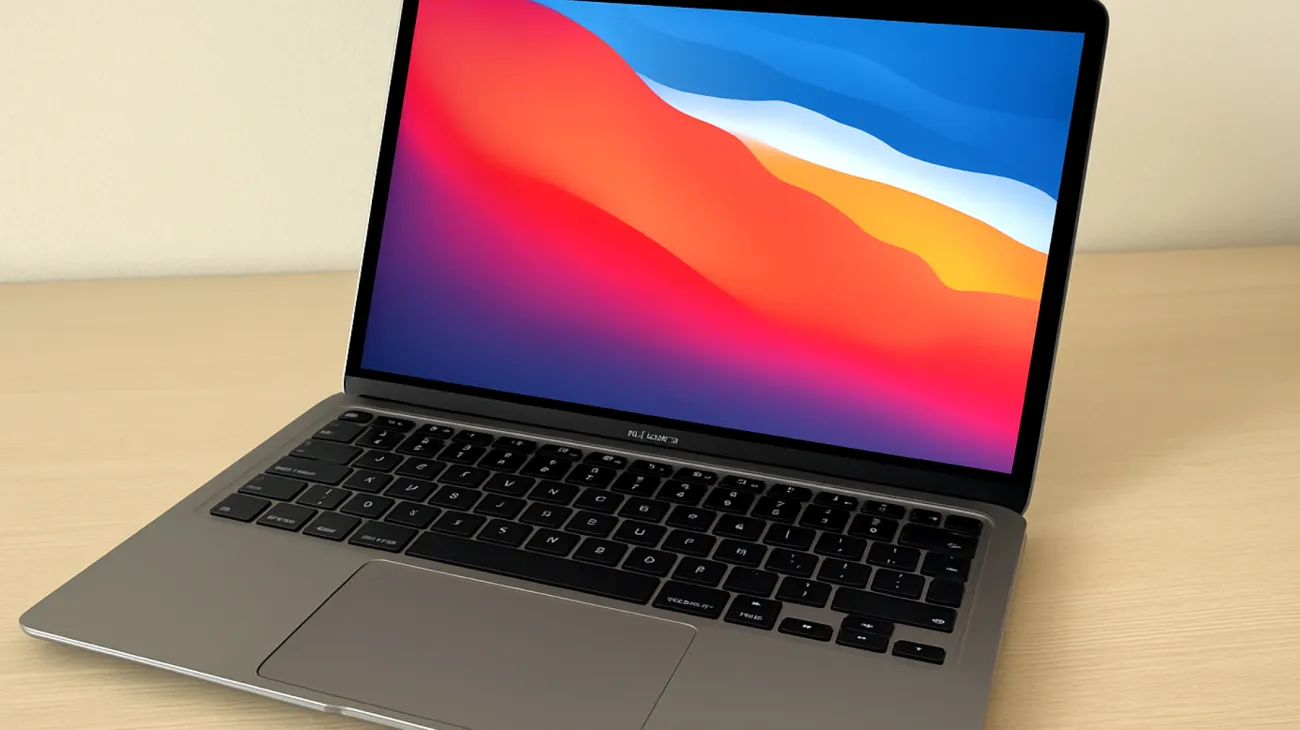Your Mac holds a treasure trove of security features that most users never fully explore. Deep within macOS lies Keychain Access, a built-in utility designed to manage passwords, certificates, and secure notes, acting as your local digital vault. While many users rely on browser storage or third-party password managers, Apple’s Keychain Access includes robust security features often overlooked by everyday users.
This built-in application doesn’t just store passwords—it manages a range of sensitive information, including secure notes and certificates, using robust encryption mechanisms such as the Secure Enclave on newer Macs. The application serves as an advanced personal and small-business solution that can transform how you handle sensitive digital credentials.
Unlocking Your Mac’s Hidden Password Vault
Most Mac users encounter Keychain Access only when system dialogs appear, but launching it manually reveals broader capabilities. Navigate to Applications > Utilities > Keychain Access, or use Spotlight search to locate it. The interface may seem complex initially, but learning its structure enables more strategic management of your credentials.
The left sidebar displays different keychains: the Login keychain holds most personal passwords, while the System keychain manages certificates and network-related passwords. Segregating data into different keychains helps users separate personal from business credentials—valuable for professionals handling multiple accounts across different organizations and services.
Advanced Password Discovery Techniques
Double-clicking any password entry reveals detailed information, including the password itself upon additional authentication. The search function supports queries by website, account, or partial string matches, aiding organization and quick retrieval for users managing multiple accounts across various institutions or services.
For users with extensive digital lives, the Show Password feature in Keychain Access provides direct access without browser dependencies. This becomes particularly helpful when setting up new devices or accessing accounts on platforms not covered by browser autofill functionality.
Creating Secure Notes
Beyond password storage, Keychain Access can store secure notes. Select File > New Secure Note Item to create an encrypted record of sensitive data such as passport numbers, account recovery codes, or private keys. These notes are encrypted locally using the same algorithms that protect keychain passwords, leveraging Apple’s Secure Enclave where available to enhance protection against unauthorized access.
Unlike cloud-based note applications, secure notes in Keychain Access remain local to the device unless synchronized through iCloud Keychain, which requires explicit user activation. This local storage approach reduces exposure to remote breaches while maintaining strong encryption standards.
Strategic Note Organization
Categorizing secure notes by financial, travel, or emergency topics improves information management. Each note supports rich text formatting and adequate content capacity for storing backup codes, recovery phrases, or detailed access instructions. This organizational approach ensures critical information remains both secure and easily accessible when needed.

Generating Strong Passwords
Keychain Access features a sophisticated password generator available when creating new entries. Click the key icon next to the password field to access customizable options tailored to specific requirements.
The generator offers several customization parameters:
- Length specifications typically adjustable from 8 to 31 characters
- Character set controls including symbols, numbers, and case selection
- Memorable password options using pronounceable combinations for manual entry
- Random generation ensuring high entropy for maximum security
Apple’s password generator uses cryptographically secure randomization methods, providing sufficient strength for use with financial and government services that have strict security requirements. The memorable password option proves particularly valuable for credentials that must be entered manually on systems where autofill isn’t available.
Password Strength Validation
The built-in password strength indicator provides real-time feedback during password creation. Keychain Access stores password creation dates, allowing users to track password age and proactively update older credentials. This metadata helps identify aging passwords that require updates, supporting the security hygiene recommended for all sensitive accounts.
Advanced Keychain Management Strategies
Power users can create multiple custom keychains to separate credentials by role or context. Select File > New Keychain to create a new, independently encrypted container. This approach benefits professionals working across organizations or expatriates managing credentials from multiple jurisdictions, ensuring clear separation between different security contexts.
Custom keychains support separate passwords and can be configured with time-based locks, increasing practical security. A work keychain might automatically lock after business hours, while a travel keychain could contain only essential credentials for international trips. This granular control helps maintain security boundaries between different aspects of your digital life.
The integration of Keychain Access with macOS features creates a comprehensive security ecosystem. Touch ID and iCloud Keychain provide seamless, secure authentication and synchronized password management across Apple devices, leveraging hardware security features for enhanced protection against compromise. For users managing multiple digital identities across various platforms, mastering these capabilities significantly strengthens routine digital security practices.
Table of Contents

